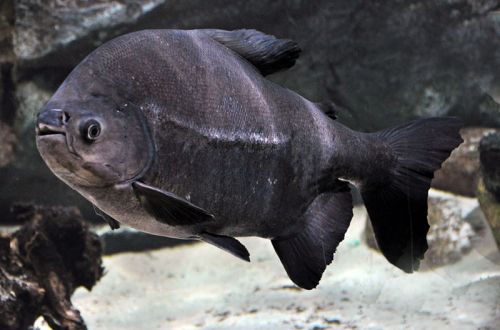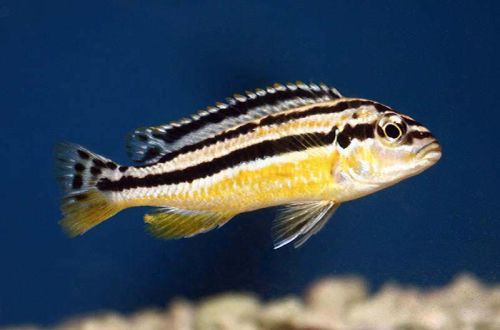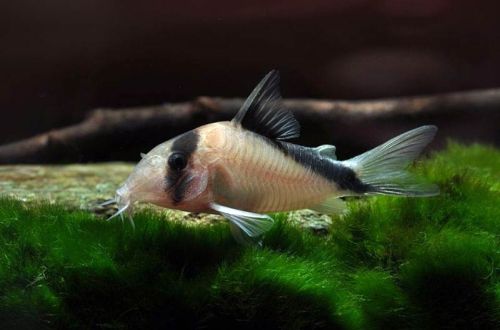
Kigome red
Altolamprologus compressiceps or Kigome red, scientific name Altolamprologus compressiceps, belongs to the Cichlidae family. A peaceful predator that will attack only small fish. Calmly refers to representatives of other species. Easy to keep and breed, provided stable water conditions are provided. The latter can be a big problem for beginner aquarists, so it is not recommended for them to purchase.

Contents
Habitat
Endemic to Lake Tanganyika in Africa. It occurs in the young part of the lake off the coast of Zambia near the city of Mpulungu. Natural habitat characterized by rocky substrates and rocky coastline. The fish live at a depth of no more than 10 meters and stay close to the coastline.
Brief information:
- The volume of the aquarium – from 200 liters.
- Temperature – 24-28°C
- Value pH — 8.0–9.0
- Water hardness – medium to high hardness (8-26 dGH)
- Substrate type — stony
- Lighting – moderate
- Brackish water – no
- Water movement – weak, moderate
- The size of the fish is 10–12 cm.
- Nutrition – meat feed
- Temperament – conditionally peaceful
- Keeping in a pair or in a harem with one male and several females
Description
Adult males reach a length of up to 12 cm, females are somewhat smaller – up to 10 cm. They have a laterally compressed body shape and a narrow elongated head. This structure allows them to hunt in crevices and grottoes. Sexual dimorphism is weakly expressed and is expressed only in the size of the fish. Coloring is varied, there are many color forms. However, they all have yellow tints.
Food
Carnivorous predatory species. In a home aquarium, it will accept fresh or frozen meat products in the form of pieces of mollusks, shrimp, as well as bloodworms, earthworms, etc. There is no need for live food, such as small fish.
Maintenance and care, arrangement of the aquarium
Optimal conditions are achieved in an aquarium from 200 liters with a design close to the natural habitat. It is recommended to use heaps of rocks and stones from which gorges and grottoes are formed. As well as stony dark substrates.
Water quality and stable hydrochemical parameters are key to successful management. This can be achieved with the help of a productive filtration system, weekly replacement of part of the water (15–20% of the volume) with fresh water and regular cleaning of the aquarium from organic waste.
Behavior and Compatibility
It can be kept in pairs or in a harem, when there are several females for one male. Kigome red is a territorial species, but not an aggressive species. Pairs well with other fish from Lake Tanganyika, as long as they are large enough not to be accidentally eaten.
Breeding / breeding
The appearance of offspring is quite possible in a common aquarium. With the onset of the mating season, the female lays her eggs in a small crevice, in which she can fit herself. The male fertilizes the eggs and gives way to the female. She will remain to guard the masonry. The fry appear after 3–5 days, and after some time they begin to swim freely. From that moment on, parental care ends.
Fish diseases
The main cause of most diseases of cichlids from Lake Tanganyika is unsuitable housing conditions and poor quality food, which often leads to such a disease as African bloat. If the first symptoms are detected, you should check the water parameters and the presence of high concentrations of hazardous substances (ammonia, nitrites, nitrates, etc.), if necessary, bring all indicators back to normal and only then proceed with treatment. Read more about symptoms and treatments in the Aquarium Fish Diseases section.





